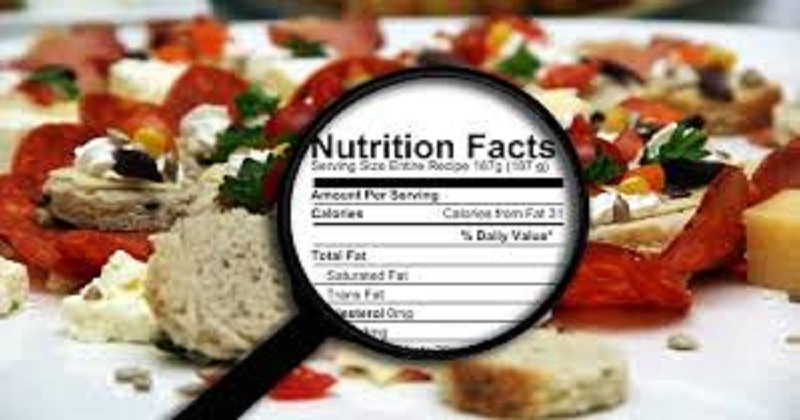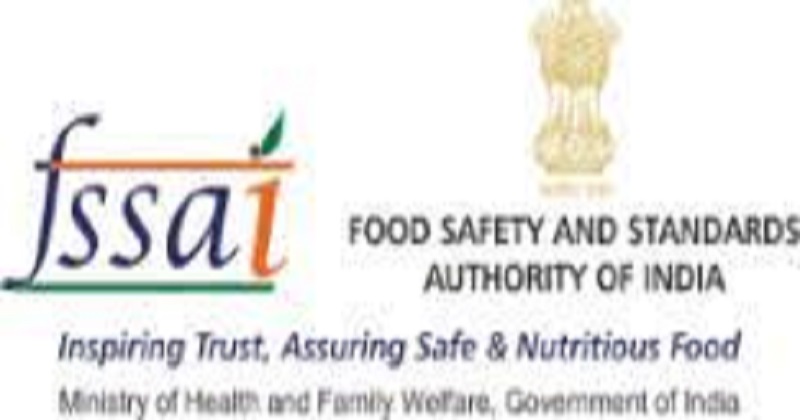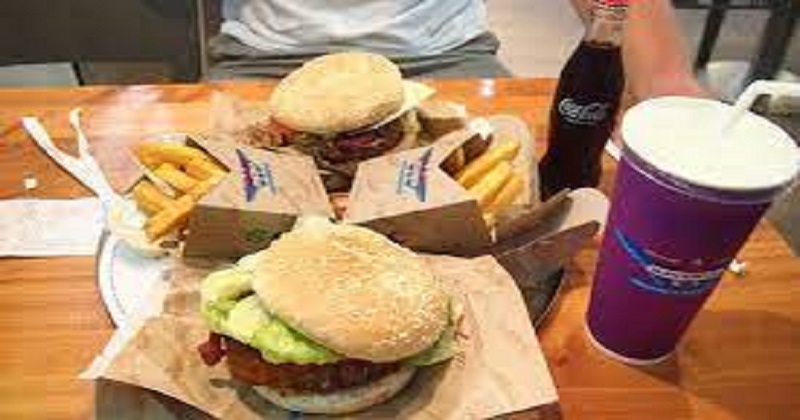
According to multiple officials and minutes of a meeting called by the food safety authority, the food industry and consumer groups are unable to agree on what the label should say about fat, sugar, and salt harming human health. As per the food industry, the label should inform the consumer about the quantity of salt, sugar, sodium, and fats in the food packet without giving any health warnings, saying the purpose should be to enable the consumer to make an informed decision, not discourage him from eating packaged food.
The consumer and advocacy groups want labels to clearly state whether the food is healthy for consumption because many consumers would not know how much sugar, salt, or fat is good or bad for their health if only quantity is specified. Arun Singhal, chief executive of the Food Safety and Standards Authority of India (FSSAI), announced that the Indian Institute of Management, Ahmedabad, will conduct a study on what type of label people would prefer. According to him, guidelines for front of package label (FOPL) would be issued following completion of the study.
It has taken the FSSAI almost eight years to reach this point because the industry had been reluctant to have front of package food safety labels, which are used elsewhere such as Brazil and Chile, clearly stating if the product is safe to consume or not. There are approximately 44 billion dollars worth of processed food transactions in India every year, and that number is growing at approximately 24 percent annually.

According to the minutes of the meeting accessed by Hindustan Times, the industry suggested that the food safety labeling on salt, sugar and fat be based on serve sizes rather than quantity per packet since that is the serving customers love to consume. Consumer groups proposed that the label inform consumers about the percentages of salt, sugar, and fat in food, as well as how much higher they are than the permissible limit. As for the reference size, it should be 100 g/ml. As per the FSSAI, there is no information available on serve sizes at the moment. According to the minutes, ‘100 grams per milliliter is a more acceptable and understandable unit of measure and it allows rational comparison across products’.
The minutes revealed that FOPL was formed to inform consumers about negative nutrients in food products. Industry requested information about positive nutrients on the labels, but the FSSAI scientists rejected it. The FSSAI scientist who declined to be quoted said it was no less than an ‘achievement’ to get the food industry to accept the food safety label which is easily readable on the front of the package. ‘Despite the reluctance from the industry, we managed to get them through’, he said.
There are five types of labels being considered, including traffic light signs, nutrition scores, star ratings, and warning symbols. The benefits and drawbacks of each type of label are discussed. The Indian Institute of Ahmedabad (IIM) has been asked to conduct a study on the type of label that people are most likely to understand after the FSSAI discovered that most consumer surveys carried out in western countries had a ‘geographical bias’. Studies in Brazil and Chile have found that food-safety labeling leads to reduced consumption of ultra-processed foods, which are considered bad for human health. The majority of processed food sold in the United States is ultra-processed, which means very few natural products are used.

Meeta Kapoor, executive director of the Confederation of Indian Industry (CII), who represented the industry body at the meeting, said there is nothing more to say. The CII had earlier stated that it would abide by FSSAI’s decision on food safety labels. Dr Arun Gupta, convenor of Nutrition Advocacy in India in Public Interest (NAPi), said it is necessary to have a health safety label on processed food products since their consumption is increasing, leading to health hazards. The WHO has stated that high consumption of processed foods can lead to obesity and non-communicable diseases, which account for 71% or 41 million deaths every year.
‘There is a direct correlation between the rise in diabetes and heart ailments among young people and the consumption of highly addictive processed foods and beverages. In this case, we are not asking for a ban, but only for people to be informed of the food’s health effects. ‘People can then make more informed decisions about their eating,’ Gupta said. India has become the third-largest consumer of processed food by the end of 2021, after China and the United States, with sales volumes of more than 34 million tonnes, according to the FSSAI’s 2020 study on pre-packaged food products.
‘As per the study, factors such as increased per capita income, globalization, lower prices, changing preferences and beliefs of the consumer, and rapid urbanization have led to changes in consumer diet patterns and an increase in the acceptance of processed and pre-packaged foods. In addition to sugar-sweetened beverages, 53% of children consume chip and noodle packages, along with 56% sweetened packages such as chocolate and ice cream. Sugar is added to these products to make them addictive’, said Gupta.
The FSSAI got an evaluation done of 1,306 samples of pre-packaged foods and beverages, from 36 food categories, which were evaluated for fats and sodium (natural salt and added salt) for the purpose of ascertaining whether they adhere to food safety standards. In the study, 62.8% of the samples failed all three tests, meaning they had more sugar, salt, and fat than recommended. In the case of one ingredient, 90% of the samples failed to meet the FSSAI threshold limit. The study concluded that the maximum categories failed to meet thresholds for energy, total sugar, added sugar, total fat, saturated fat and sodium.
Read more: Despite fear, Afghan women return to the airport in Kabul
In its 2018 study, the University of North Carolina at Chapel Hill Global Food Research Programme said that most processed foods sold today fall under the category of ultra-processed foods. Unprocessed or minimally processed foods, freshly prepared meals, and traditional cooking have been rapidly replaced by UPFs in most countries, causing social, economic, and environmental disruptions worldwide. UPFs account for more than half of US calories, according to the study.
In the developing world, it grew at a rate of 26-34% every year, the study found, pointing out that it was related to global increases in obesity prevalence and other nutrition-related chronic diseases. Rita Teotia, FSSAI chairperson and retired Indian Administrative Service (IAS) officer, stated that the journey towards FOPL has been long and most of the aspects have been decided upon to the satisfaction of stakeholders. ‘Consumers must be informed in all decisions regarding this subject, and labels should be easy to understand,’ she concluded.

Post Your Comments